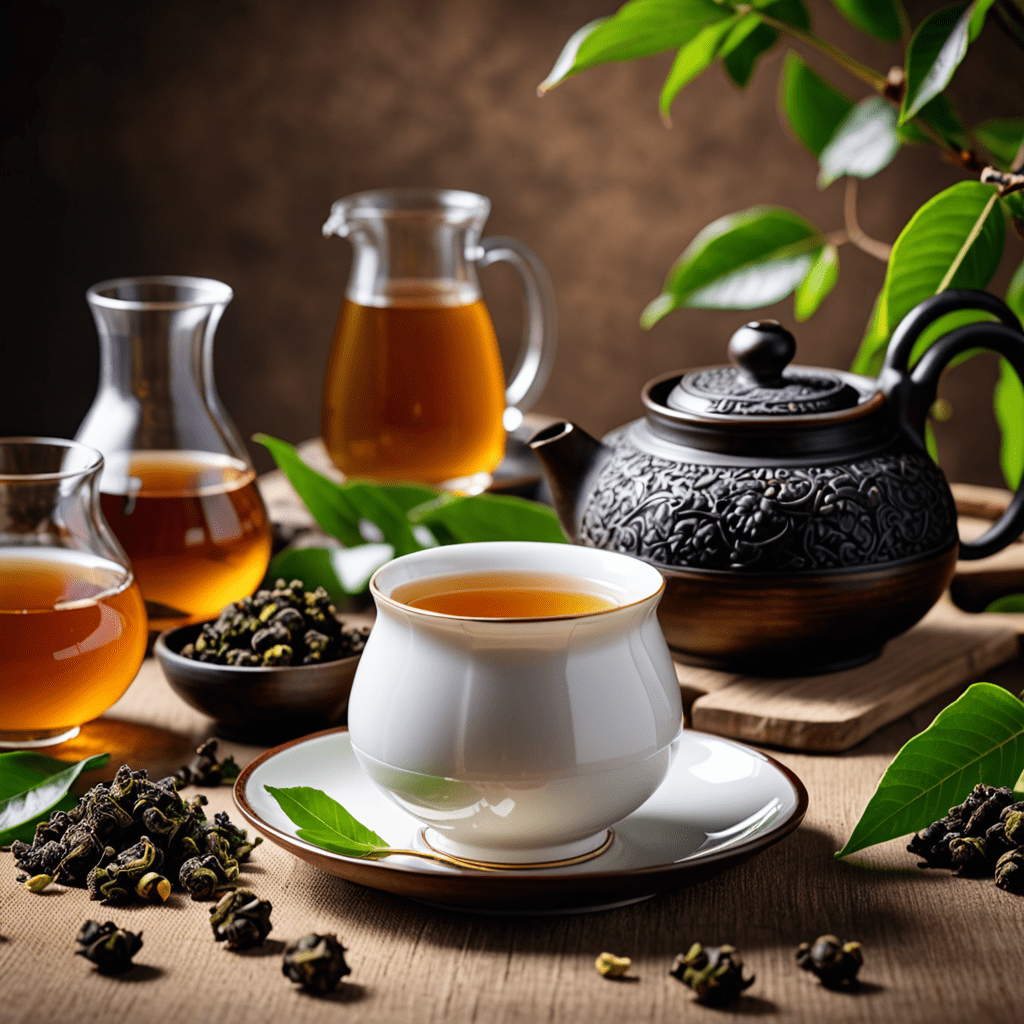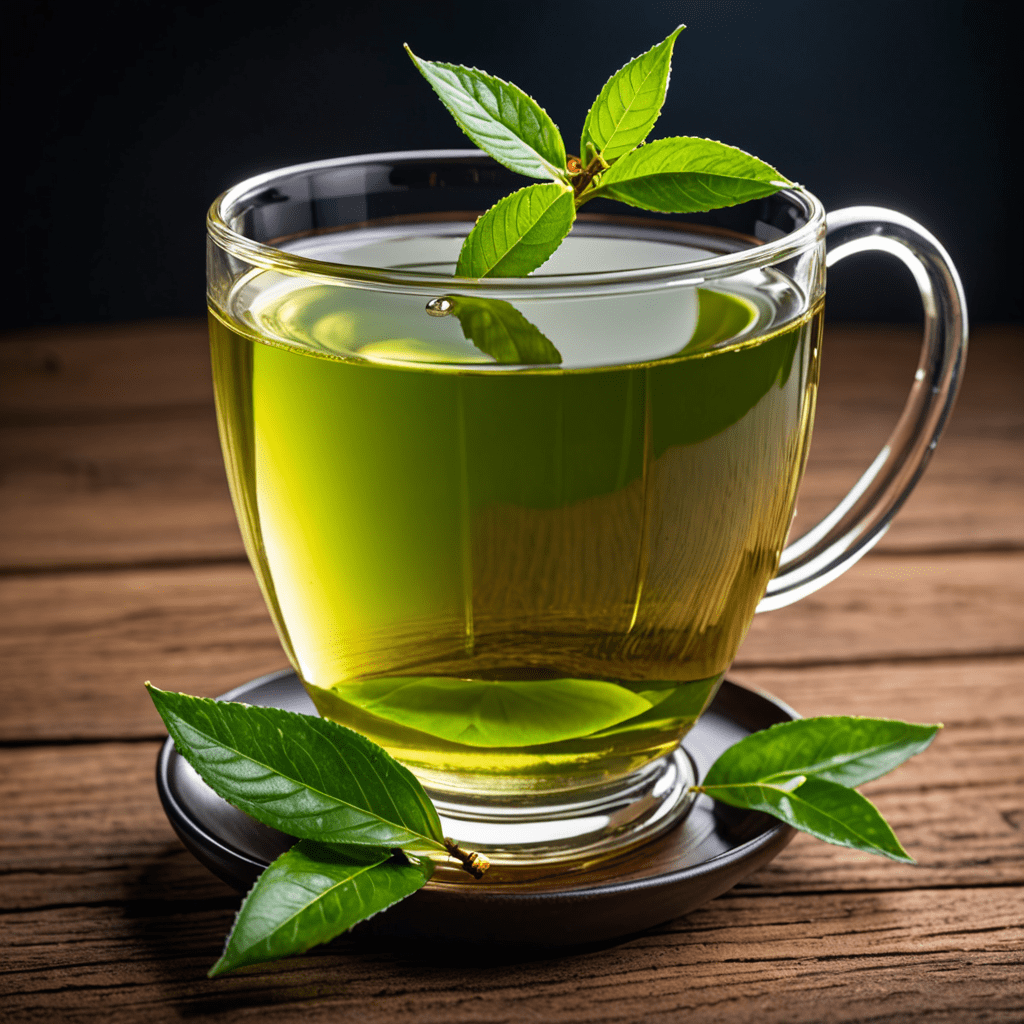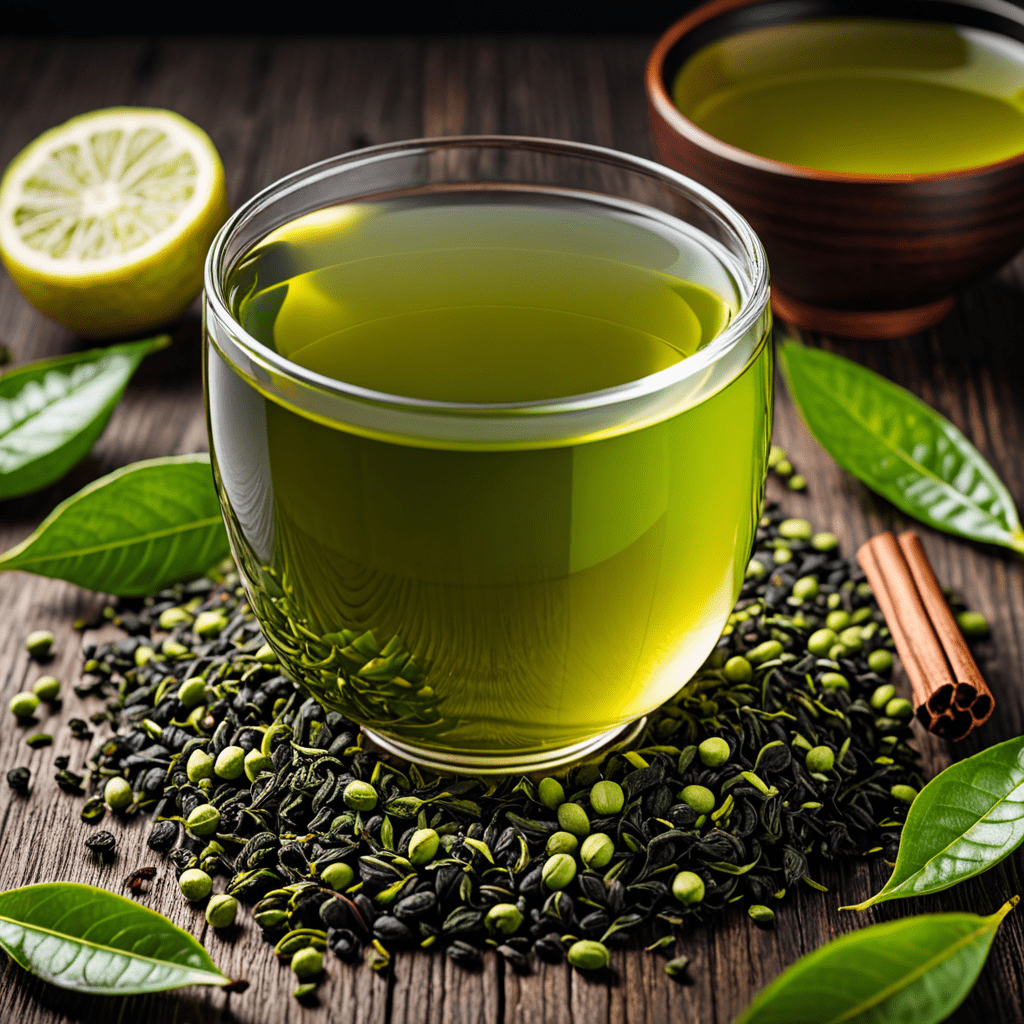
Oolong Tea: From Plantation to Teapot
Exploring the Fascinating Journey of Oolong Tea
Oolong tea, a traditional Chinese tea with a unique taste and aroma, undergoes a captivating journey from the lush tea plantations to your teapot. Let’s delve into the intricate process that brings this exquisite tea from plantation to teapot.
1. Cultivation of Oolong Tea
The journey of Oolong tea begins in carefully tended tea plantations. Oolong tea, known for its semi-oxidized leaves, is cultivated in regions with ideal climates and elevations. The tea bushes are meticulously nurtured, with proper shading and pruning to ensure optimal growth and flavor development.
2. Harvesting and Processing
During the harvesting season, skilled tea pickers carefully select the finest tea leaves, often hand-plucking the leaves to maintain their quality. The harvested leaves undergo withering, rolling, and oxidation processes that are crucial in defining the unique characteristics of oolong tea. The level of oxidation determines the tea’s flavor profile, ranging from light and floral to dark and toasty.
3. Oxidation and Roasting
After the initial processing, the leaves are left to oxidize to the desired level before being heat-treated to halt the oxidation process. This careful balance of oxidation and roasting results in oolong tea’s complex flavors and aromas, making it a favorite among tea connoisseurs.
4. Rolling and Shaping
Once oxidized, the tea leaves undergo rolling and shaping, where they are skillfully twisted and curled to bring out the tea’s nuanced flavors. This step contributes to both the appearance of the tea leaves and the infusion process, enhancing the overall tea-drinking experience.
5. Firing and Drying
To preserve the tea’s freshness and flavor, the rolled and shaped leaves are fired and dried meticulously. This final processing step ensures that the oolong tea retains its distinct characteristics while preparing it for packaging and distribution.
6. Packaging and Distribution
After the tea leaves are processed and dried, they are expertly packaged to maintain their quality and freshness. Oolong tea is then distributed to tea enthusiasts worldwide, where it is brewed and enjoyed for its delicate flavors and smooth finish.
7. Brewing and Enjoying Oolong Tea
To savor the journey of oolong tea from plantation to teapot, steep the leaves in hot water and allow them to unfurl, releasing their exquisite flavors and aromas. Whether you prefer a light and floral oolong or a richer, roasted variety, each cup tells the story of the craftsmanship and dedication that goes into every leaf.
In conclusion, oolong tea’s journey from plantation to teapot is a testament to the artistry and skill of tea cultivation and processing. Each sip of oolong tea encapsulates centuries of tradition and expertise, making it a truly exceptional tea-drinking experience.
FAQ About Oolong Tea
What is Oolong Tea?
Oolong tea is a traditional Chinese tea variety that falls between green and black teas, known for its partially oxidized leaves and diverse flavors.
How is Oolong Tea Produced?
Oolong tea production involves withering, shaking, oxidizing, and firing the tea leaves to create a complex flavor profile.
Where is Oolong Tea Grown?
Oolong tea is primarily grown and produced in regions like China (Fujian and Taiwan) and Taiwan (Nantou), where the climate and soil conditions are ideal for cultivating high-quality tea leaves.
What are the Health Benefits of Oolong Tea?
Oolong tea is rich in antioxidants, may aid in weight management, promote heart health, improve mental alertness, and support overall well-being when consumed as part of a healthy diet.
How is Oolong Tea Best Enjoyed?
To fully enjoy Oolong tea, it’s recommended to steep the leaves in hot water for the appropriate time, usually 2-3 minutes, depending on the variety, to savor its aromas and flavors.

